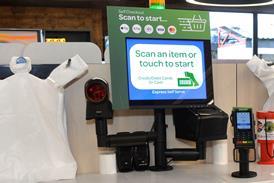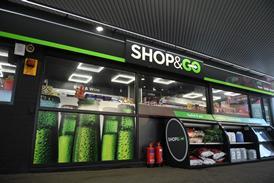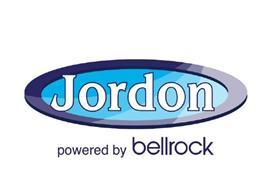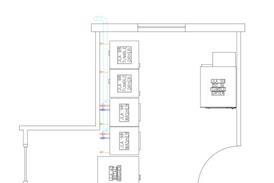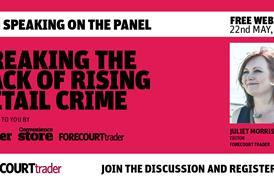
Shoplifting is said to cost the retail industry £1.8 billion a year. But how has that figure come about in an era when many retailers have consigned the practice of stocktaking to history, and any value given therefore for retail theft being little more than a guess, argues industry commentator Jan Mikula.
Recent headlines about shop crime made grim reading. According to the British Retail Consortium (BRC) ‘shoplifting cost retailers £1.8 billion in the last year’. And then one person out of a bunch of non-accounting, non-retail people who’d seen that report asked a very simple question – “How do they know?”. Initially the answer seemed, well, obvious – they count it. But then it dawned on them that you can’t count what isn’t there. All you can do is to compare what you can actually count against what you expect to be there, and then figure out how much is missing. Bingo!
Except that it isn’t quite that simple. The answer requires consideration of several factors. In the first place, it implies that: (a) there is some sort of stock control system in place that tells you what stock you expect to have at any given time; (b) that someone actually goes out into the shop and store-room and physically counts what is actually there, and (c) that the shortfall is recorded and analysed as far as possible. And at this point we’re still talking about ‘units’ rather than ‘values’ – i.e. £s.
Now in most modern retail set-ups, we take (a) for granted. Surely, everyone has a stock control programme running somewhere, linked to their accounting system, point of sale, etc. But it is perfectly feasible to maintain a retail accounting system that doesn’t incorporate a stock control system down to ‘item’ or even ‘line’ level; after all, that was the way most, especially small retailers, operated well into the end of the 20th century.
Even today, it’s a fair bet that there are hundreds of small retail outlets that still operate in this way. They relied completely on (b) – physical stocktaking – to provide them with figures that they put into their trading accounts in order to produce a ‘real’ gross profit figure. Obviously, that and any stock control system does require regular, thorough stock taking. Otherwise, you can’t put real quantities into the stock control software, you can’t accurately value anything, and you cannot therefore establish what might be missing and how much it cost. That is fundamental. Unfortunately, for some retailers stock taking is a chore that they believed had been consigned to history when they automated everything.
To keep things simple, let’s ignore the various systemic ways of valuing the units that have been counted. The only point to bear in mind is that in accounting terms, stock is meant to be valued at the lower of what it cost or what it can be sold for. This is important because it relates to damaged or obsolescent items, and how these are accounted for. In the simplest terms, such items are often valued at £0 – i.e. ‘written-off’.
So, let’s assume that you have counted your stock line, and found that there are 100 items, each costing £2, giving a closing stock value of £200. And let’s assume that your stock system told you that there should have been 120 items. Therefore, you appear to have lost 20 items, costing £40 in total. And we won’t quibble about whether the stock count was accurate, or whether the earlier entries into your stock control system were correct. You’ve got a loss of £40.
Now you have to put that loss somewhere into the accounting records. If you simply use the closing stock value to update the stock records and feed straight into the accounts, all you’ll see is a lower gross profit percentage than you expected. In itself that isn’t an accurate indicator of theft. After all, some stock may have been discarded (spoilt food, anyone?) or damaged beyond being sellable, or transferred to another branch, without anyone recording that fact as it happened. In many cases low gross profit percentage is the result of failing to update POS sales prices relative to increasing supply costs – especially in inflationary times.
But even if you’re sure that isn’t the case, and the shortfall must therefore be down to theft, to keep an accurate running total of ‘theft’ the correct accounting treatment would be to credit the trading account with £40 and debit an expense line, e.g. theft, with the same amount.
None of this is intended to make light of a serious problem in retail life; but it is simply to point out that unless basic accounting rules are applied and stock is regularly physically counted, any figure for retail theft cannot be more than a guess.
- Nationwide franchise accounting company EKW Group – ekwgroup.co.uk








